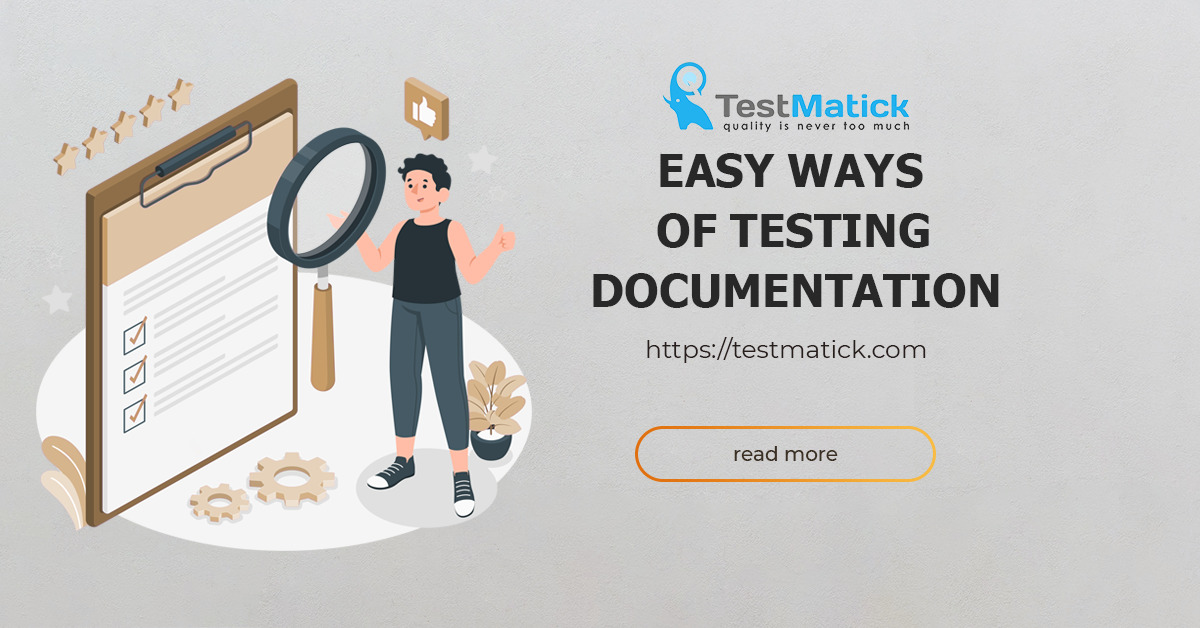Every tester will sooner or later understand all benefits of early testing and try to review clients’ requirements, architecture settings, and other technical records with a clear conscience.
QA engineers search for incomplete records, plans that can lead to the appearance of defects, and questions without answers.
And sometimes it’s very hard to focus on something while testing technical documentation, especially if a review is not executed on time when a speaker talks about details and this is so tedious.
A good solution to solve these problems is using so-called basics of reviewing performed by quality assurance companies.
Software testing is a specific process where you need to ask 3 basic questions to a product-in-test:
- Does it meet current requirements?
- Is it good for set goals?
- Does it contain any bugs?
A useful method of testing technical documentation
As we know, a typical software testing lifecycle consists of the following steps:
- Planning and preparation;
- Projection;
- Test execution;
- Bug reporting;
- Final actions (if needed).
This leads to the following algorithm:
- Preparation — get familiar with the work that needs to be done: what is the purpose of document creation, what information it should include, and what additional data are in it, get familiar with it by using examples from the Internet;
- The check-list project: including general requirements, selecting best practices from the Internet, writing bugs if they are present;
- Review projection: entry criteria (a technical document that completely meets the purpose of its development) and exit criteria (it should be used together with a minor bug).
Entry criteria — a certain condition that should be implemented for basic revision. If it’s not implemented, testing software performance is paused and a document needs to be updated.
Exit criteria are conditions when software validation is considered properly finished and a document can be used for the next tasks.
Conclusion
You should remember that there are no universal algorithms of software testing that can be used by QA teams everywhere.
But familiarity with other methods of testing helps create a qualitative basis for generating the types of testing that can improve a level of comfort at work.










Leave A Comment